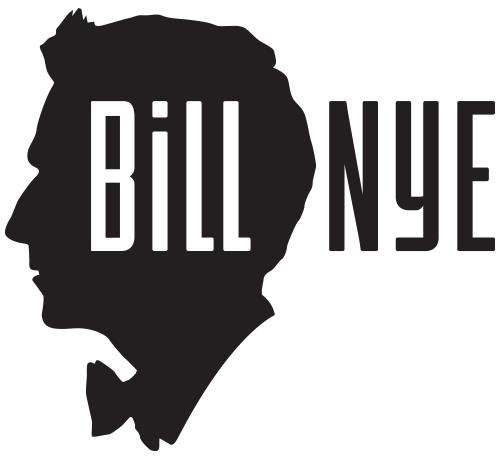
Patterns
Bill, Bill, Bill, Bill, Bill, Bill Nye the Science Guy is here to talk about patterns
Every time you look at something, hear something, touch something, smell something, or taste something, your brain collects a little information about the world around you. You may even have a scrapbook to store memories of some of that information. There’s a lot out there though. How do people sort out the valuable information from the not-so-valuable?
One of the ways we deal with huge amounts of information is by finding patterns. Patterns are a human way to organize and understand stuff. A pattern can be almost anything that repeats in a predictable way. Bees make honeycombs that repeat six-sided, or hexagon shapes. Bird songs often repeat musical phrases over and over again. Waves hit the shore in steady, repeated patterns. Nature is filled with patterns. To define and describe the patterns we see in nature, humans invented a special language, math, the language of patterns.
Along with our experience and intuition, math provides the words and symbols necessary for describing every pattern. Math formulas are ways of defining geometric patterns like triangles, or patterns in lists of numbers. With computers, finding, creating and studying patterns with math has become faster and easier than ever – opening up whole worlds of patterns to explore!
The Big Idea
- Humans use patterns to understand the world
- There are patterns in nature<br />• Humans use math to describe patterns.
Did You Know That?
- Snowflakes have hexagonal symmetry – each one is flat with six sides?
- Big sea shells and small sea shells of the same species have the exact same spiral pattern?
- There are patterns in tree branches?
Books of Science!
- “Let’s Investigate Shape Patterns”by Marion SmootheyMarshall Cavendish, 1993.
- “By Nature’s Design”by Pat MurphyThe Exploratorium, 1993.